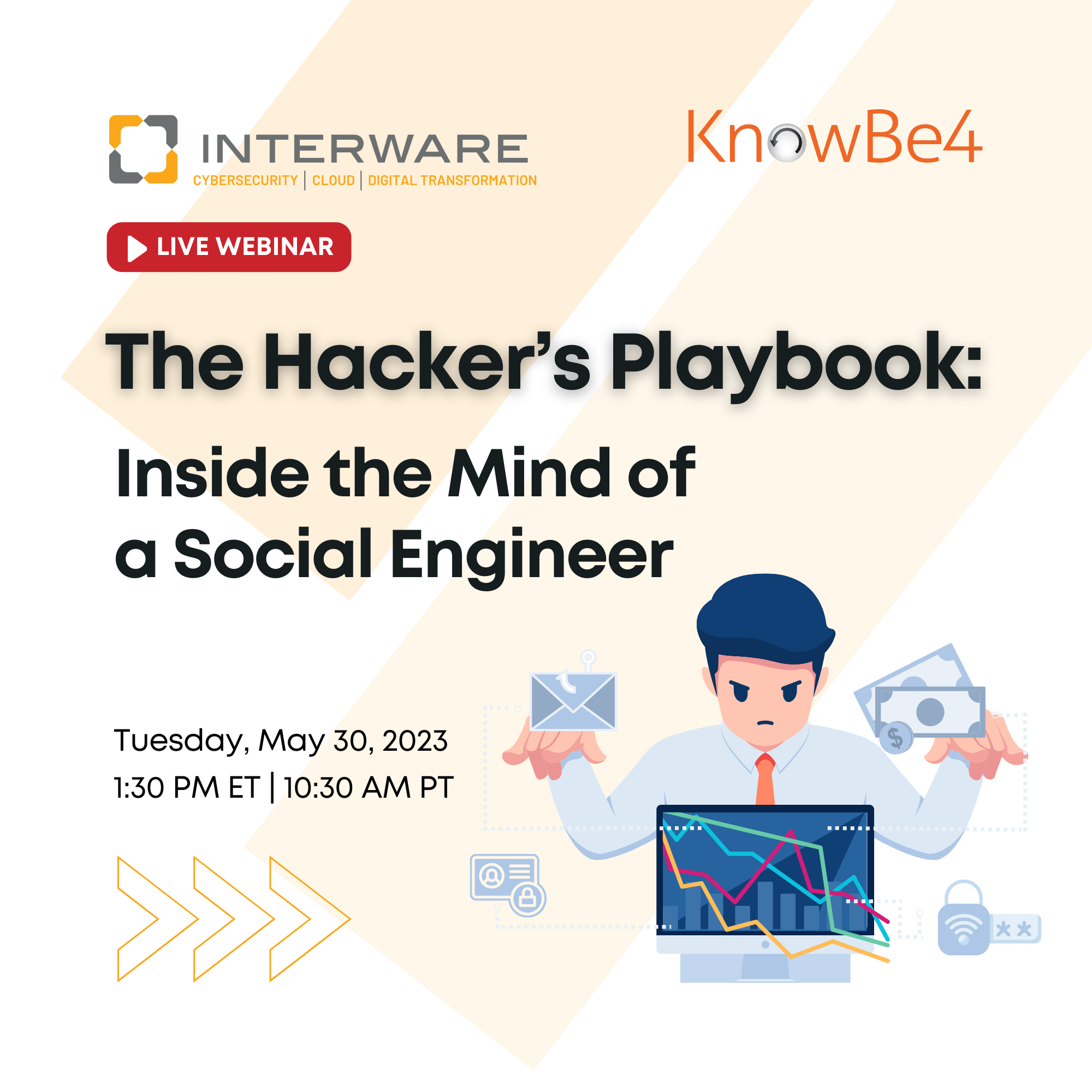Emerging Cybersecurity Threats in the Age of Artificial Intelligence
Posted by; Interware Team
As technology continues to advance, so do the methods and tactics of cybercriminals. One area that is becoming increasingly concerning is the use of artificial intelligence (AI) in cyber attacks. In this newsletter, we will explore the emerging cybersecurity threats posed by AI and what steps individuals and organizations can take to protect themselves.
The Rise of AI-Powered Attacks
AI-powered attacks are becoming more prevalent and sophisticated. Cybercriminals are using AI to automate and enhance their attacks, making them more effective and harder to detect. Some of the ways AI is being used in cyber attacks include:
Phishing: AI-powered phishing attacks are becoming more convincing and personalized. Attackers can use AI to create convincing fake emails and websites that are tailored to specific individuals or groups.
Malware: AI can be used to develop and deploy malware that is specifically designed to evade detection by traditional antivirus software.
Social Engineering: AI can be used to gather information on individuals or organizations from social media or other online sources, making it easier for attackers to craft convincing social engineering attacks.
Deepfakes: AI-powered deepfakes are becoming more convincing and realistic, making it easier for attackers to impersonate individuals or create fake videos or audio recordings.
Protecting Against AI-Powered Attacks
Defending against AI-powered attacks requires a multi-layered approach that includes both technical solutions and human awareness. Here are some tips for protecting against AI-powered attacks:
Implement Security Controls: Implement strong security controls, such as firewalls, antivirus software, and intrusion detection systems, to help detect and prevent attacks.
Keep Software Up-to-Date: Keep all software up-to-date with the latest patches and security updates to prevent vulnerabilities from being exploited.
Educate Employees: Educate employees on how to identify and respond to potential AI-powered attacks, such as phishing emails or social engineering attempts.
Use AI for Defense: Consider using AI-powered tools for defense, such as machine learning algorithms that can detect and respond to potential attacks.
Be Vigilant: Stay vigilant and monitor your systems and networks for any signs of unusual activity or behavior.
Conclusion
As AI technology continues to evolve, it's likely that we will see more sophisticated and dangerous AI-powered attacks in the future. By staying informed and taking proactive steps to protect ourselves, we can help minimize the risk of falling victim to these attacks. Remember to implement security controls, keep software up-to-date, educate employees, use AI for defense, and stay vigilant. Together, we can work to secure our digital lives.


